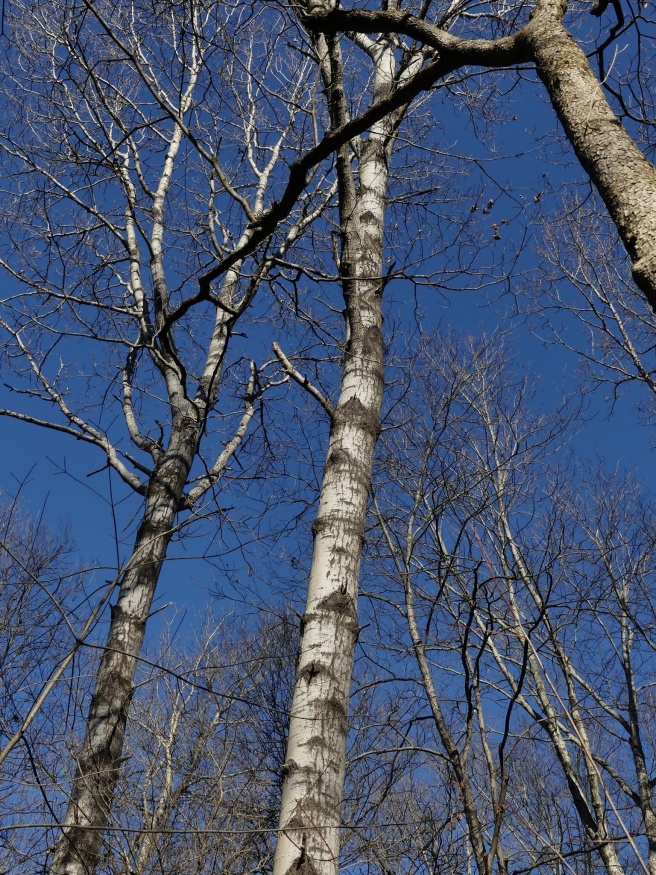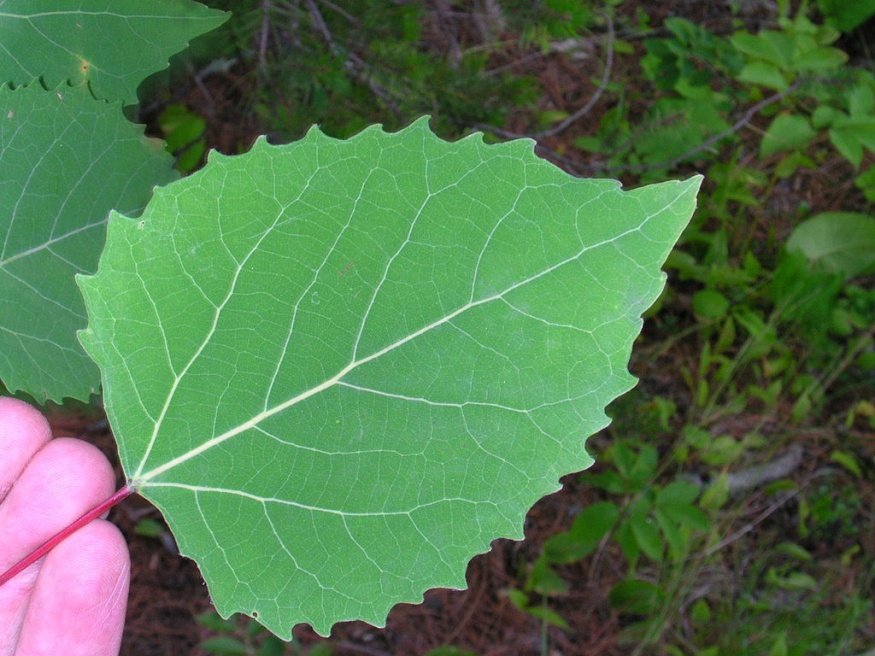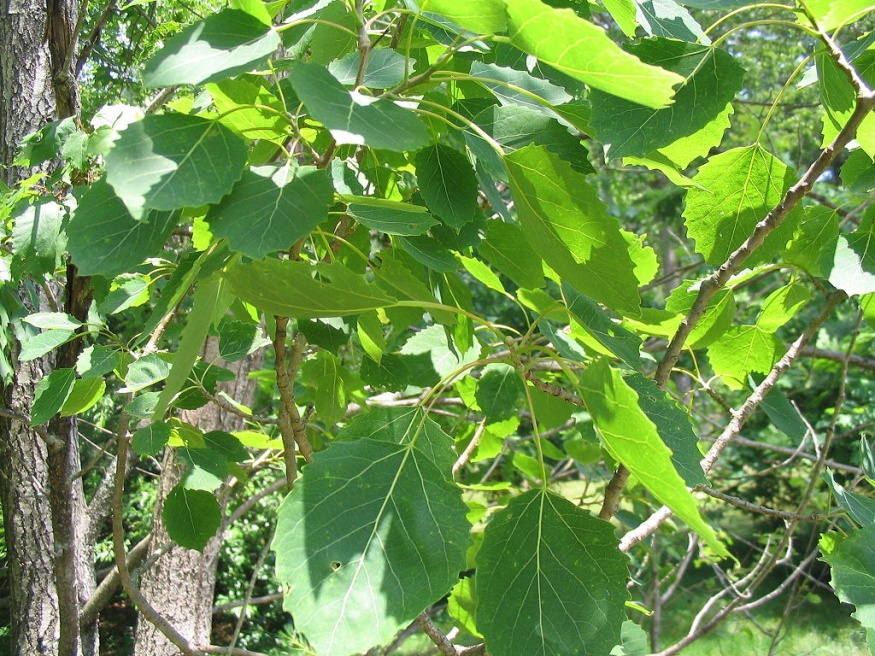Largetooth Aspen

Other Names: bigtooth aspen
Family: Salicaceae Native to: Eastern North America
Eco benefits: water filtration, erosion control
Natural habitat: hillsides & uplands, floodplains
Shapes: round
Growth rate: fast
Unique attractions: fall colour
Common uses: reforestation
Light: full sun
Soil: moist and fertile, well drained, tolerates heavy clay
The largetooth aspen is a small tree native to eastern North America from southern Canada to the Northern half of the United States. It is a fast growing, short-lived establishing tree more ideal for naturalized plantings than tight residential areas. The habit and aspect is similar to trembling aspen trees although the largetooth prefers drier sites and is somewhat less adaptable to soil conditions. Compared to trembling aspen, it is also and less broad in north, east and west distribution.

Largetooth aspen leaves flicker in the wind like that of the trembling aspen, however they round, coarsely toothed, and larger than that of trembling aspen. Wooly hairs exist on buds, leaf blades, and leaf undersides. The bark is pale green to yellow-gray (darker than trembling aspen).

Largetooth aspen is very important in forest ecology and regeneration. Often found in stands cloned from a single shallow root system (like trembling aspen), largetooth aspen quickly reforests disturbed sites. The tree grows alongside willow, alder, eastern white pine, balsam fir, trembling aspen, and white birch. Its wood is used as paper pulp and forest animals eat various parts of the tree.
References
Farrar, J.L. (2018). Trees in Canada. Ottawa, ON: Natural Resources Canada.
Tree Atlas - Ontario, (2019). Largetooth aspen. Retrieved from https://www.ontario.ca/page/largetooth-aspen
Trees of Canada - Tree Canada, (n.d.). Largetooth aspen (Populus grandidentata). Retrieved from https://treecanada.ca/resources/trees-of-canada/largetooth-aspen-populus-grandidentata/
United States Department of Agriculture, (n.d.). Bigtooth Aspen. Retrieved from https://www.fs.fed.us/nrs/atlas/tree/resources/silvics.php?url=https://www.srs.fs.usda.gov/pubs/misc/ag_654/volume_2/populus/grandidentata.htm